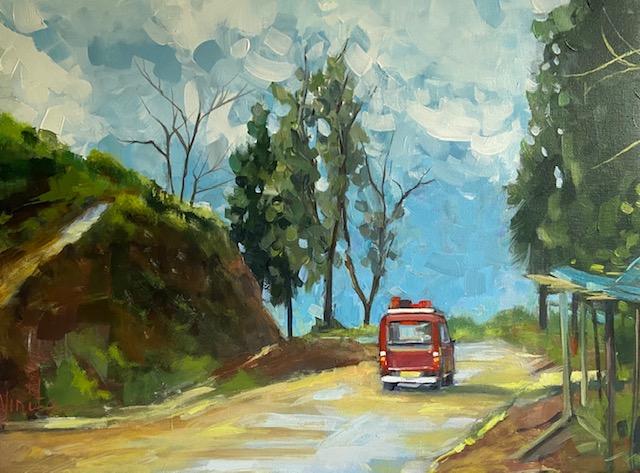Creating Art from Personal Memories: A Deep Dive for Photographers
As photographers, we often find ourselves in a constant quest for inspiration. We explore landscapes, experiment with lighting, and sift through countless subjects. However, one of the most profound yet often overlooked sources of inspiration lies within usour personal memories. In creating art from personal memories, photographers can unleash a unique blend of emotion, nostalgia, and storytelling that resonates deeply with viewers.

Why Personal Memories Matter in Art
Our memories are a vast treasure trove of experiences, emotions, and stories. They are the essence of our lives, capturing both the mundane and the extraordinary. When used creatively, personal memories can breathe life into photographs, turning them into powerful pieces of art. By tapping into these recollections, photographers can create works that not only capture a moment but also convey a rich tapestry of emotions and narratives.
Creating art from personal memories is not just about reliving the past; it's about transforming those moments into something tangible that others can connect with. It allows photographers to express their unique perspectives and share intimate stories through their lens.
The Process of Transforming Memories into Art
Reflecting on Your Memories
To start, it's essential to take time to reflect on your memories. Think about the moments that have left a significant impact on you. These could be joyful occasions, challenging times, or seemingly trivial events that, upon reflection, hold deeper meaning. Consider how these memories have shaped you and what emotions they evoke.
Choosing the Right Medium
Once you've identified the memories you wish to portray, the next step is to choose the right medium. Photography offers a multitude of styles and techniques to explore. Whether it's black and white, color, film, or digital, each medium has its way of conveying emotions and enhancing the narrative of your memory.
For instance, you can explore how emotions influence art in our Capturing Emotions in Art blog post, which provides insights on translating feelings into visual storytelling.
Techniques for Evoking Emotion
Lighting and Composition
Lighting and composition play crucial roles in evoking emotion in your photographs. The right lighting can enhance the mood, while thoughtful composition can guide the viewer's eye and emphasize the story you wish to tell. Experiment with different angles, contrasts, and shadows to find what best represents your memory.
Incorporating Symbolism
Symbolism is another powerful tool in art. By incorporating symbols that hold personal significance, photographers can add layers of meaning to their work. These symbols can be objects, colors, or even specific locations that relate to the memory being depicted.
For more inspiration on using past experiences in your art, check out our article on Art Inspired by Past Experiences.
The Impact of Memory-Driven Art
Art that stems from personal memories often carries a universal appeal. While the story behind the image is personal, the emotions it evokes can resonate with a wide audience. The authenticity and depth of such art can foster a connection between the artist and the viewer, creating a shared experience.
Creating art from personal memories is a journey of self-expression and discovery. It encourages photographers to delve deeper into their creativity and share a piece of their world with others. Through this process, art becomes a bridge that connects past and present, personal and universal.
Explore more about how nostalgia influences art in our blog on Nostalgic Art Projects.

FAQ Section
How can I start creating art from personal memories?
Begin by reflecting on significant memories and consider the emotions they evoke. Experiment with different photography techniques to capture these emotions effectively.
What techniques can enhance memory-driven art?
Utilize lighting, composition, and symbolism to enhance the emotional impact of your photographs. Consider incorporating elements that hold personal significance to deepen the narrative.
Why is memory-driven art impactful?
Memory-driven art resonates with viewers because it carries authenticity and depth. It creates a connection between the artist and the audience through shared emotions and experiences.
For further exploration of artists who draw inspiration from personal experiences, check out this Travel Inspired Art.

